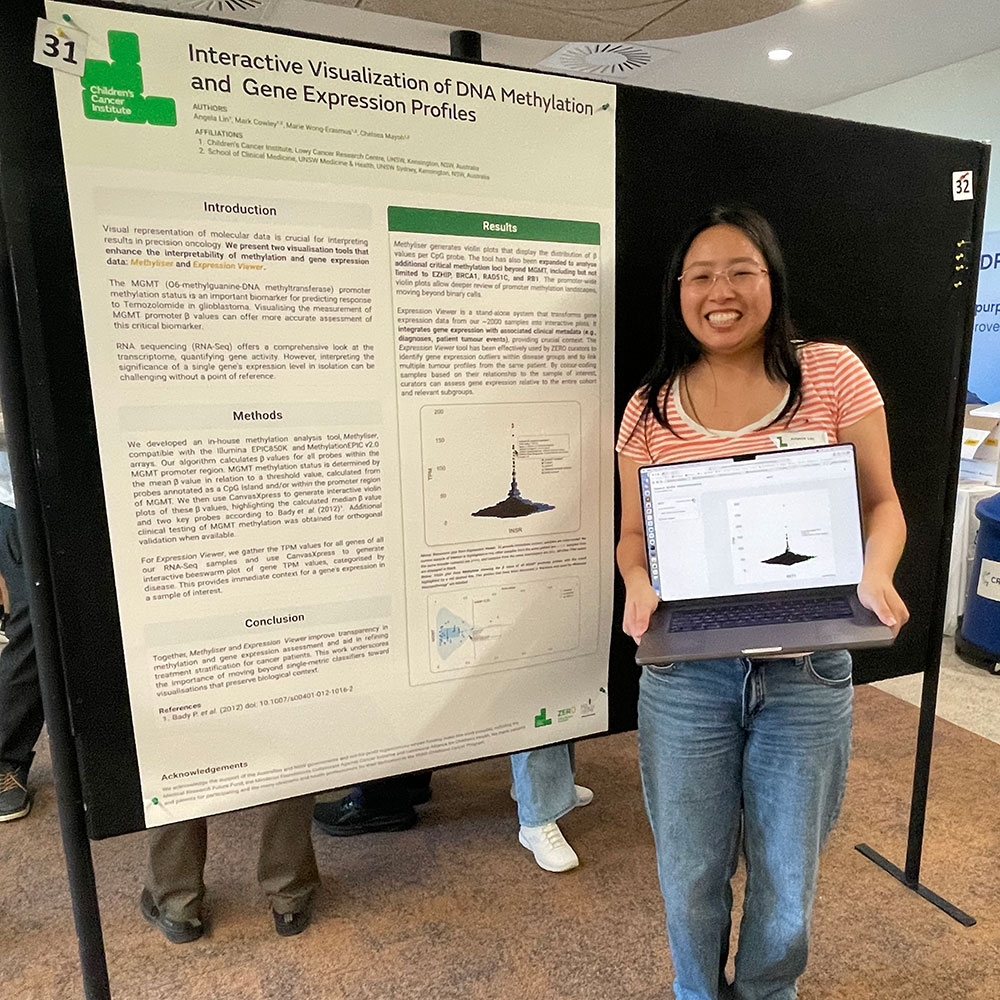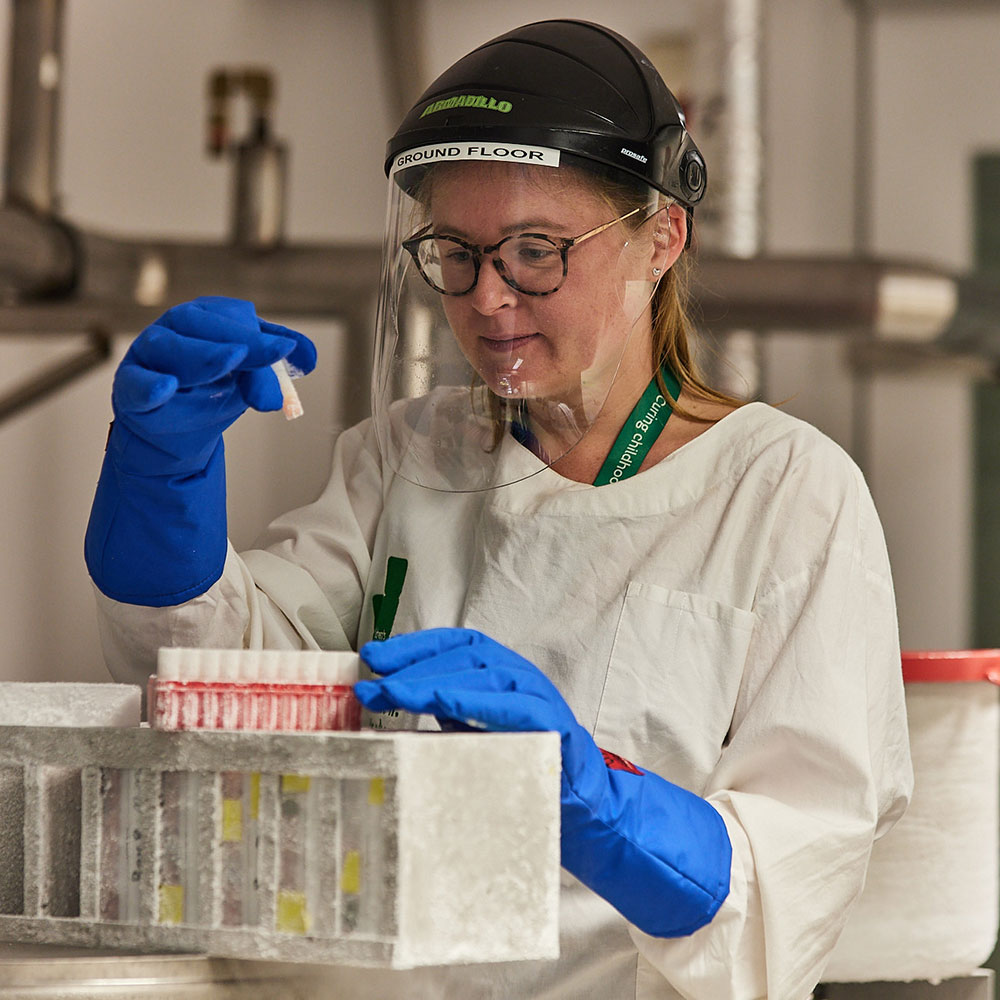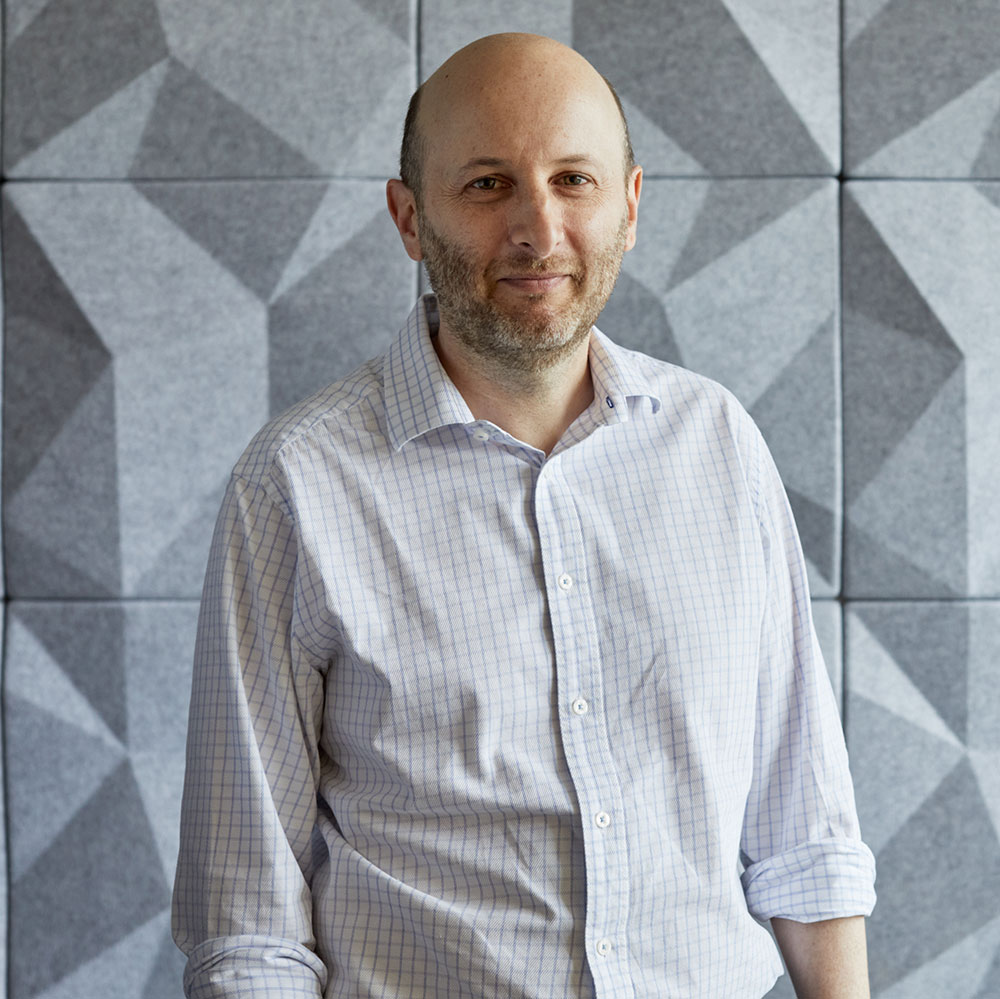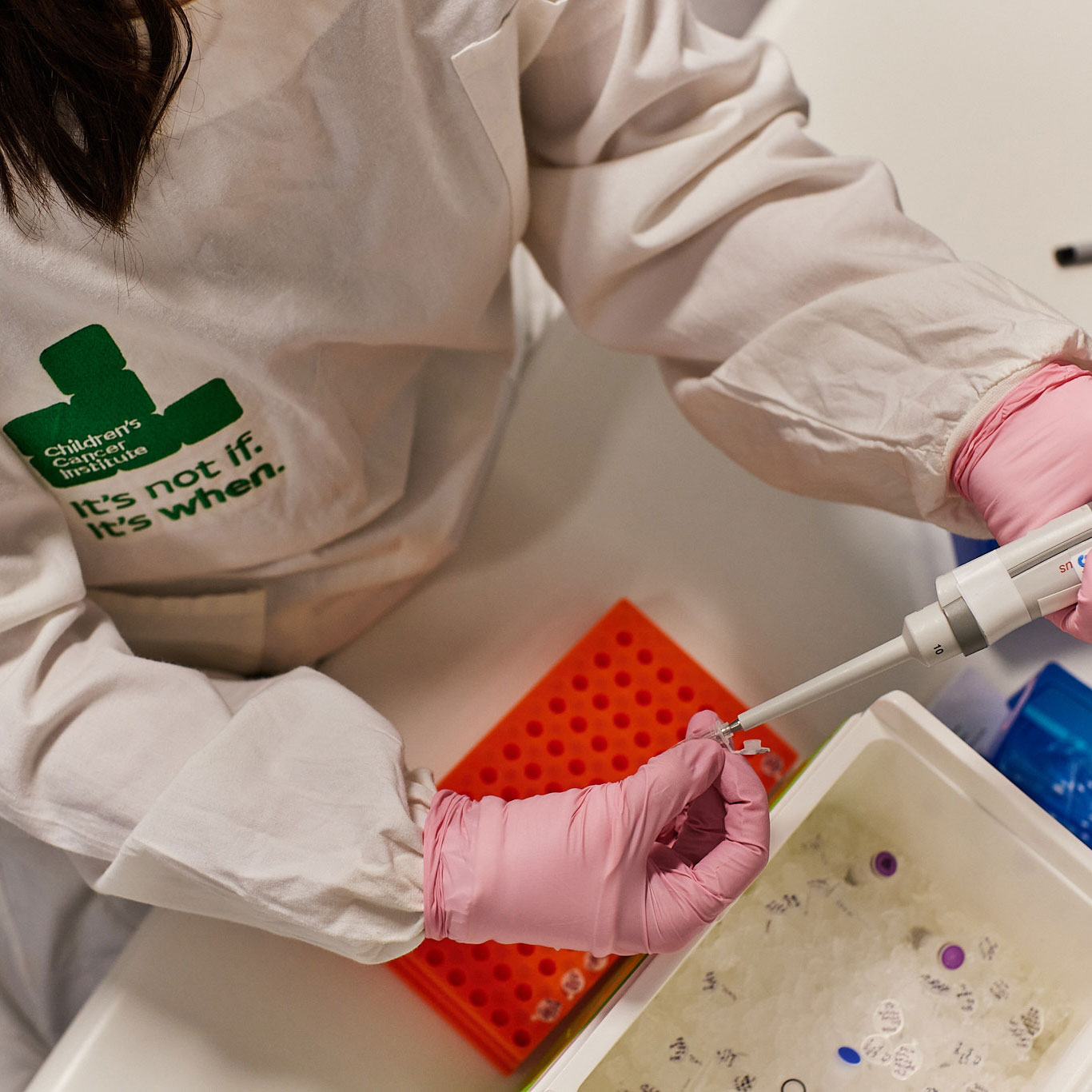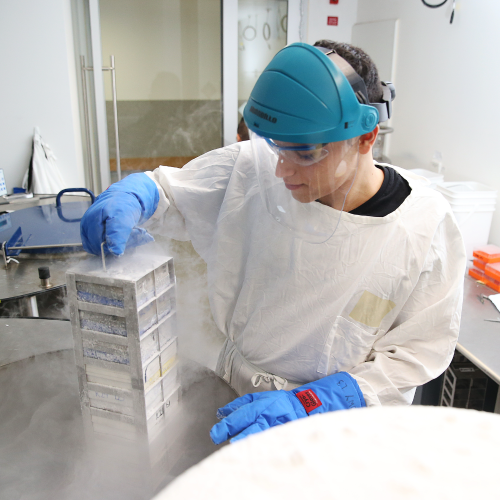Here’s a summary.
The data
- Cancer outcomes in children, adolescents and young adults have improved significantly over the last 40 years, and survival rates are at an all-time high.
- The greatest improvement has been in blood cancers like leukaemia and lymphoma. These made up 36% of all cancers in children, adolescents and young adults in 2012.
What’s driving these changes?
The three main factors that are changing the lives of children with cancer are:
Translational cancer research
Translational cancer research involves taking laboratory-based discoveries and moving them into the clinic. Bridging the gap between lab bench and patient bedside is making a real difference to cancer treatments.
Like the ‘MRD test’ developed at Children’s Cancer Institute, which monitors how children with leukaemia are responding to treatment, enabling doctors to adapt their treatment plan. Watch this video to learn more.
Clinical Trials
Clinical trials are used to test potential new cancer treatments. The significant progress in childhood cancer survival is partly due to high participation rates in childhood cancer clinical trials.
Personalised Care
Personalised medicine means tailoring treatment to suit each patient, rather than the traditional one-size-fits-all approach to treating cancer.
With the Zero Childhood Cancer program, scientists at Children’s Cancer Institute are testing a personalised medicine approach for children with hard-to-treat cancers, to keep revolutionising the way childhood cancer is treated.
What challenges are we still facing?
While we’re seeing significant improvements for blood cancers like leukaemia, survival rates for many other childhood cancers remain largely unchanged. One of these is neuroblastoma – the most common solid tumour in early childhood.
Another challenge is supporting the increasing numbers of children who survive cancer. The effects of their cancer treatment can be physical, emotional, social and educational. A Long-Term Follow-Up project, led by Associate Professor Richard Cohn in collaboration with Children’s Cancer Institute, aims to improve the quality of life for childhood cancer survivors.
All in all, the future is looking brighter for children with cancer.
Read the original Cancer Institute NSW article.
Top image: Maddy, who was diagnosed with leukaemia, had an MRD test as part of her treatment



